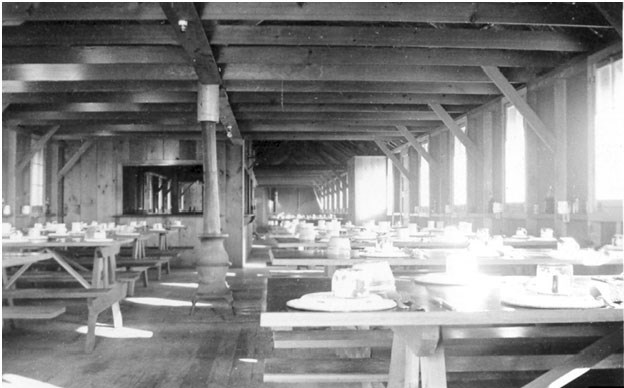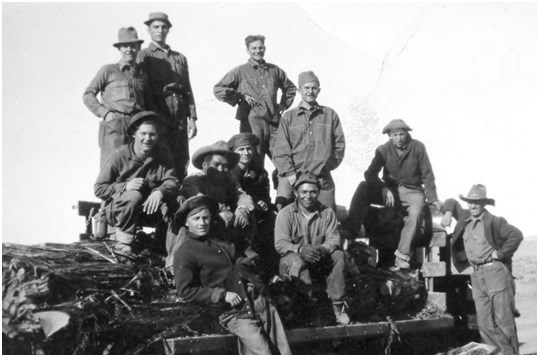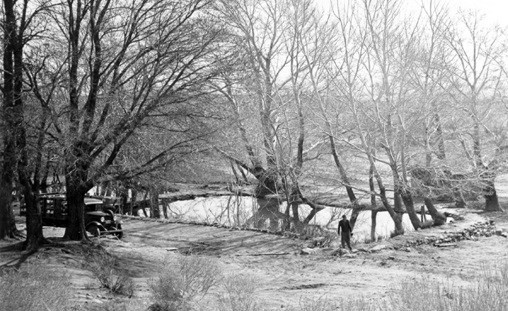

In March 31, 1933 an act led to form an agency recognized as Emergency Conservation Work (ECW). ECW was formed to help employee the unwaged people. The law authorized the federal government to provide work for 250,000 jobless male citizens between the ages of 18 and 25. ECW was later known as the CCC (Civilian Conservation Corps). The CCC was administered by Army offices. The government provided room, board, clothing, wages, and tools for all the enrollees. The enrollees were expected to work 40 hours a week and obey the camp rules. Various different agencies supervised the work of the CCC camps: Office of Indian Affairs, Bureau of Reclamation, Fish and Wildlife Service, and the National Park Service. The CCC worked on many projects at Pipe Spring: cleaning out tunnel spring, grading the campground area, constructing a road through the monument on a new location, and many others. 
Among few other great ideas during this time, the Civilian Conservation Corps seemed to be one of the better ones. Many young men were able to make money, have a place to live, get food on daily basis and received an education. Even though labor was compulsory the job was not uninteresting. Reason being that there weren't many jobs available and workers wouldn't make enough money to feed themselves or their family. CCC activities included grading and graveling the parking area and monument road, and having flagstone for walk and sandstone for stone curbing, repairs to various retaining walls, planting trees, and digging irrigation ditches. 
It was not all work, social activates were common. The camp contained a minimum of 13 buildings and a swimming pool. After work in hot summer days, you would find 50 or more boys in the pool at once! Many boys from the camp tried to attract the attention of local girls. They tried to borrow cars to access areas of the local girls, since cars were prohibited to enrollees from having in the camp. Usually boys had to wait for social events to be held at the monument or for trucks to take them in to town to have a chance to mingle with the girls. 
Ultimately, the Civilian Conservation Corps was a benefit to the workers and the government. Today much of the work is protected as historic resources. At Pipe Spring National Monument much of the work is visible and preserved in various areas. |
Last updated: February 24, 2015
